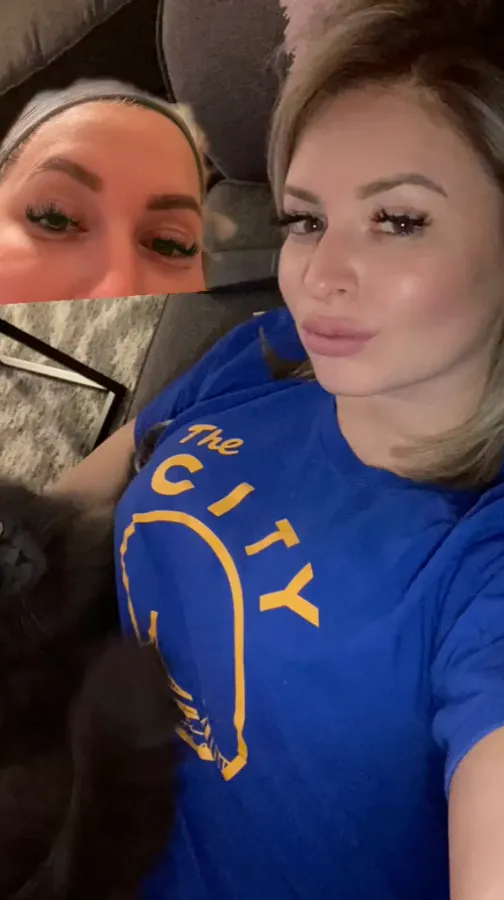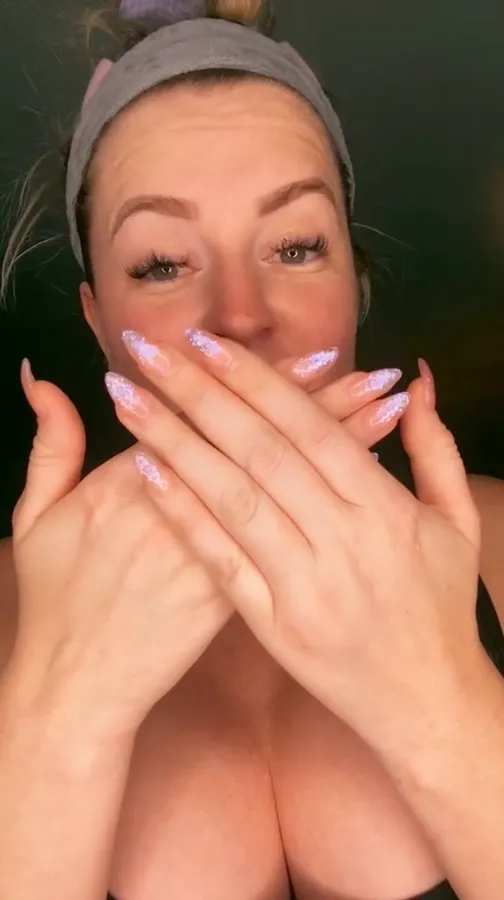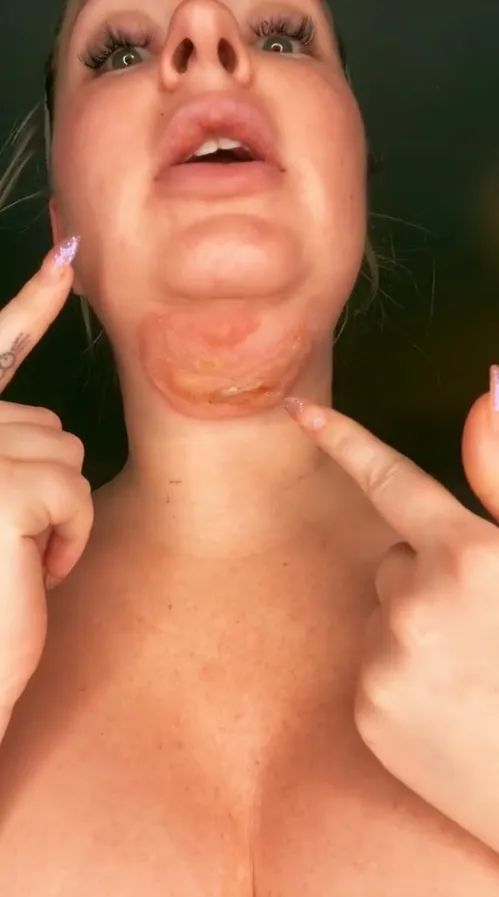Victoria Quezada, from Sacramento, California, took to TikTok to share her traumatic experience.

She explained that she decided to try the non-invasive beauty therapy – CoolSculpting.
CoolSculpting is a treatment known as cryolipolysis, which freezes fat cells in the targeted area and kills them. Supposedly, the treatment can get rid of up to 20-25% of stubborn fat. Sounds harmless enough, right?


Victoria uses her video to serve as a warning for others, claiming that after having the treatment back in April, she is now scarred for life. She is currently considering legal action against the clinic, which she has not named.
Victoria starts the video with a picture of her two weeks before the therapy, saying that she never really had a defined jawline, but sought out this treatment to help define her jaw’s natural shape. She says: “Fast forward a week and two ER visits later… here we are.”
Victoria gives viewers a warning before she reveals her burns, that it is very graphic. She says: “My voice is even gone because my throat has swelled so much it’s affected my vocal cords.” She alleges the CoolSculpting left her with blisters and burns underneath her chin, saying that she doesn’t even have a defined jawline and has been left with an overall swollen face.

The video has garnered over 1.1 million views and racked up over 143,000 likes. People shared their horror at Victoria’s results, with many saying she should pursue legal action against the clinic that did her treatment for malpractice. One woman, who identified herself as an esthetician, said: “As an esthetician I can legitimately tell you this was done incorrectly. I have NEVER seen this. Please contact legal representation immediately.”
Another said: “COOLSCULPTING specialist here. I’m so sorry, love. My guess is they forgot the liner and the gel trap, which means your skin was not protected.”
Victoria pleads with people to help her, as she says that it’s really hard for her to look at herself.



